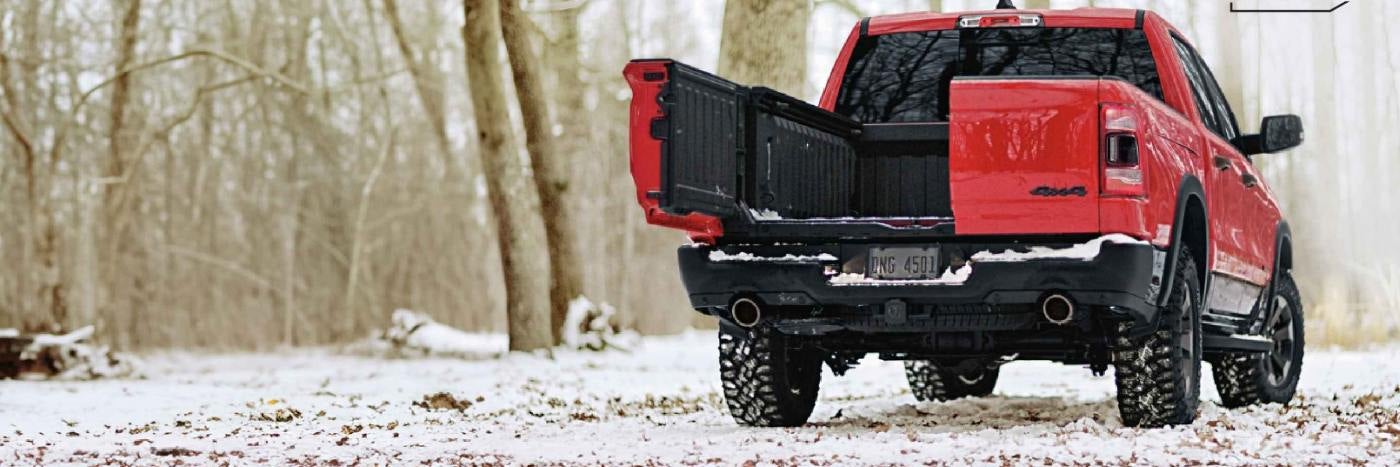Battery Protection in the Winter

How to Protect Your Battery in the Winter at Stanley Auto Group
Batteries can be annoying to replace, especially when you consider the fact that if they’re not working, you probably don’t have a reliable source of transportation. Winter can be a tough time for car batteries in general, as the cold conditions can cause them to wear down at a faster rate. If you want to learn how to protect your battery, you’ll want to follow some of the steps below. When it’s time to replace it, you can always head to the closest Stanley Auto Group location near you.
Understanding Your Battery
There are a lot of misconceptions when it comes to your car’s electrical system, as most drivers don’t know how the electricity is actually generated. With most electronics, you have to plug them in or replace their batteries so that they can keep running. Cars skip both of these steps thanks to your alternator. When you drive, your serpentine belt will start chugging along, which helps your alternator generate the electricity that you’re looking for. This is why you usually want to take a lap around the neighborhood after you jumpstart your battery, as it’ll give your alternator the time it needs to get going. Your battery works as a storage system for all of that electricity, which is why it’s vital that you take care of it. The cold weather brings unique challenges, but if you know what you’re doing, you can protect your battery through the winter.
Cold Weather is Rough
When it’s cold outside, your battery could be dealing with:
- Swelling: Your battery has fluid inside of it that helps it work, but if you notice water freezing outside, then it’s cold enough for that fluid to freeze too. Once it’s frozen, it’ll swell in the same way that water does in a pipe, which can cause damage to your internals.
- Inefficiency: Your battery utilizes chemical reactions to function. Cold weather can slow this process down, so you might be using more energy than you would otherwise.
- Lower Power: Due to the cold slowing down the chemical reactions taking place in your battery, you won’t be able to generate as much power. This can be a problem when you’re trying to start your car, as you’ll need to give a jolt of electricity to your starter. Your engine may struggle to turn over in the cold, so it might need even more power to get going.
Simple Fixes
Taking care of your battery is actually pretty simple. If you ever need a new one, you can find us at any one of our Stanley Auto Group locations.
- Get Out of the Cold: If the cold is hurting your battery, the best thing you can do is to avoid it. You’ll want to park in a warmer place if you’re able to.
- Don’t Let Your Battery Die: If your battery is dying, there’s usually a reason. You’ll want to make sure that you don’t leave anything on in your vehicle when you leave. Even something small like an interior light can drain your battery overnight.
- Take an Evening Drive: When it’s the middle of winter, you probably want to stay home where it’s warm and cozy. You’ll want to make sure that you’re still occasionally driving your car, as this will let your alternator charge your battery back up to full.
If your battery needs service, you can count on our various Stanley Auto Group locations.

